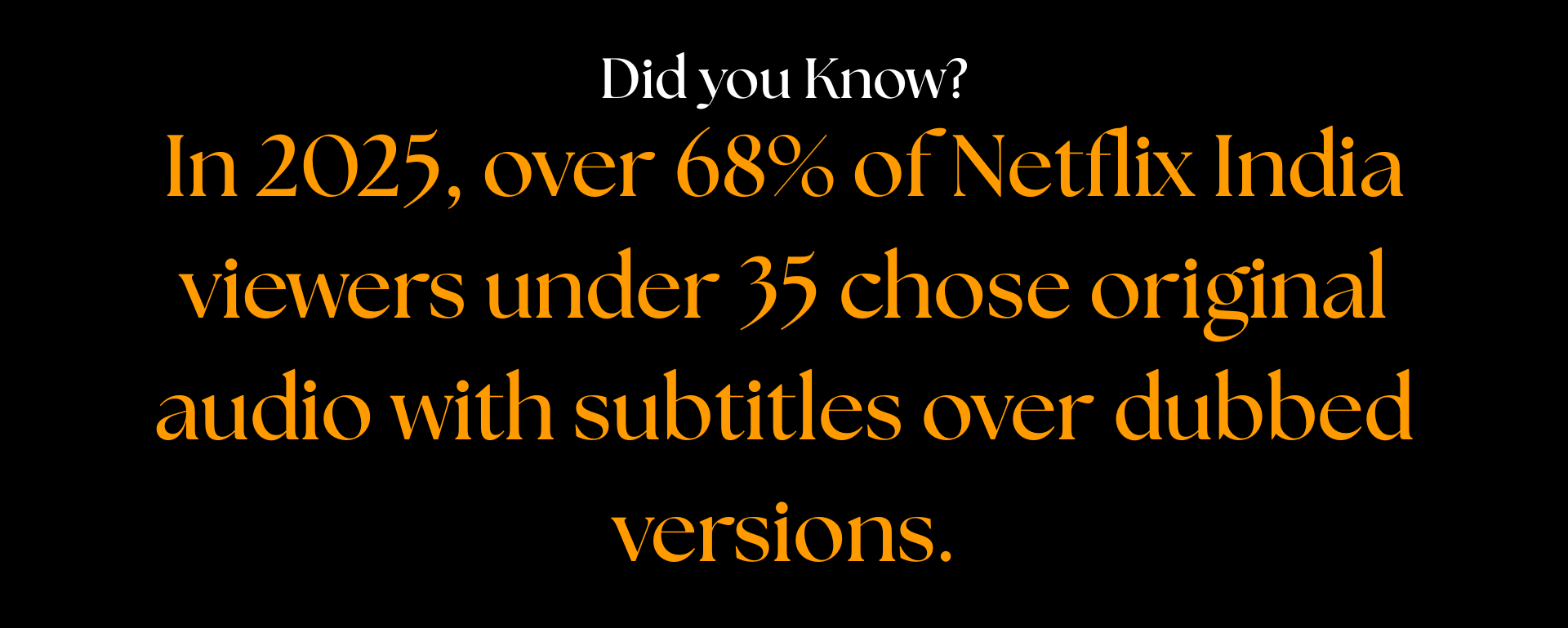Beyond Pan-India: How Emotion Transcends Language Barriers

A film no longer needs to speak your language to speak to you. It just needs to mean it.
What once passed as “Pan-India” was a little more than a marketing shortcut, to dub it, dump it, and distribute widely. But in 2025, that formula has collapsed. Not because audiences rejected scale, but because they rejected simulation. They no longer reward reach. They reward resonance.
Premalu, a Malayalam rom-com with no Hindi dub, outgrossed half the year’s star vehicles in North India. Maharaja, shot in colloquial Tamil, trended in Gujarat. Not because they travelled. Because they didn’t need to try.
Films are no longer crossing over. Emotion is. That’s the shift. And it’s irreversible.
The Collapse of the “Pan-India” Myth
Once the playbook was simple, shoot in Telugu, dub in Hindi, market in Mumbai, scale fast. We’ve seen this from Baahubali to Pushpa. But what worked in 2018 failed by 2024. Why?
Because scale without voice doesn’t hold anymore. Language mismatch is no longer tolerated. And audiences are flushed with exposure, fatigue, and taste. They can smell a stitched product within seconds.
2024–25 failures proved this:
- Skanda and Agent couldn’t hold outside Andhra–Telangana despite high-decibel “pan-India” intent.
- Ganapath, Bade Miyan Chote Miyan, and The Vaccine War collapsed after dubbing-led campaigns failed to stir cross-state emotional traction.
- Saindhav and Bhola Shankar, both shot for national reach, yet they didn’t cross ₹50 crore combined.
Why the Myth Still Survives
The illusion of “Pan-India” persists not because it’s working, but because it’s pre-sold. Satellite rights, brand integrations, and streaming packages continue to back up big scale, that’s only because of legacy contracts and outdated safety nets. Big actors still attract upfront deals. Theatre chains still chase opening weekend footprints. It’s not about audience loyalty.
But in 2026, these pipelines will face a choice: either adapt or become cost centers.

What’s Actually Working
1. Regionally Anchored, Emotionally Precise
Films like Chhaava, 12th Fail, Premalu, and Maharaja are not “broad.” They are exact. They pull from geography, class, local inflection, but their emotional logic travels clean.
2. Subtitles Over Dubbing
Audiences under 35 prefer authenticity. And Dubs tend to flatten the rhythm. Subtitles retain soul. In Tier 1 city OTT data, subtitled versions now outperform dubbed counterparts.
3. Tonal Control Is King
Language doesn’t matter if tone hits. Jai Bhim (Tamil) worked across states because its emotional arc was intact. 12th Fail (Hindi) played in Kerala and Tamil Nadu because its shame, struggle, and triumph weren’t aesthetic; they were felt.
OTT: Where the Change Is Already Occurring
OTT platforms are now curating based on user behavior and emotional precision rather than geography. Netflix gave users complete control over how they experience a story, whether in original rhythm or dubbed voice, when it updated its smart TV interface in April 2025, enabling users to access all available subtitle and dub languages. This is indicative of a larger change: emotional accessibility is now prioritized over translation.
Mood-based metadata, which tags movies by feelings like intimacy, grief, or rebellion rather than just genre or language, is helping platforms like Amazon Prime Video improve discovery. Word-of-mouth and a strong emotional pitch, rather than dubbing or public relations, helped a low-budget Malayalam ensemble drama like Aattam become a national sensation.
The outcome? Curation now comes after emotion. Tone is followed by discovery.
Only the texture is a barrier, not language. The entrance is the emotion.
Strategic Shift: From National Language to Emotional Code
Producers chasing “pan-India” should ask: where does your story belong?
If it speaks with conviction from one place, the emotion will land everywhere.
- A Marathi period film (Chhaava) played in Tamil Nadu.
- A Tamil revenge drama (Maharaja) broke in Gujarat.
- A Malayalam rom-com (Premalu) exploded in Bihar.
It’s not about language reach anymore. It’s about emotional targeting.

For Industry Professionals
Writers: Embed specificity. Trust region. Kill the idea of “universal tone.”
Directors: Design sound, space, and silence for your place. Let feeling export.
Producers: Back emotional clarity, not footprint simulation.
Distributors: Stop mapping where it plays. Ask where it lands.
The Next Frontiers
This isn’t just about language. It’s about how emotion gets delivered.
- A Telugu indie now streams in Spain with emotion-tag-based subtitles.
- AI dubbing models are emerging that retain actor tonality, eliminating flattening.
- Netflix’s India Originals team is reorienting toward emotional exports, not regional inputs.
In 2026, emotion won’t just travel. It will be translated, without compromising the emotion.

Final Cut
“Pan-India” was never a genre. It was a distraction.
The new borderless film is not stitched together. It’s stitched deep.
Made in a language. Delivered in subtitles. Felt through skin.
The audience doesn’t care where it’s from. They care where it hits.
Scale still matters. But only if it’s earned.
And in 2026, the only thing that will actually travel is the truth.
If this hit you deeper than subtitles. Pass it on.

